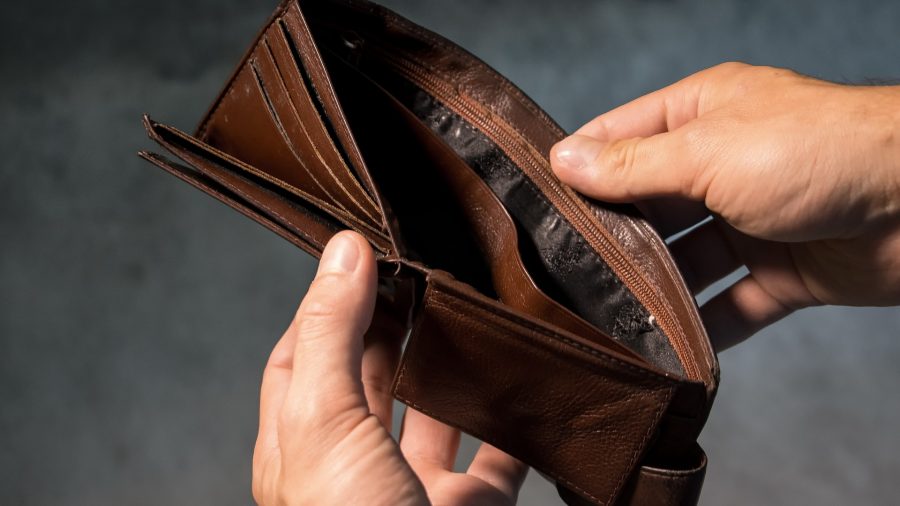Regular users of Sydney’s motorways know toll fees go up every quarter. Few businesses can legally put up prices four times a year for exactly the same product. Now traffic growth is slowing down on many toll roads, especially Lane Cove Tunnel, the Eastern Distributor and M2 Pennant Hills Road. Strangely, nobody seems quite sure why.
Why the slowing down?
Analysts at Macquarie Bank wonder whether the problem is the softening economy, with falling home building approvals and house prices. Or perhaps people do not want to pay high toll fares, which rise faster than wages or inflation. They are not quite sure.
NSW toll revenues rose 67% in the last decade, much more quickly than fees for drivers’ licences or vehicle registration. The Grattan Institute says perhaps tolls are “just getting too high for people”.
Meanwhile, Sydney already has the biggest and most expensive toll road network in the world. And it is still growing rapidly.
Even the most assiduous car driver may find it difficult to avoid paying tolls. This table shows the cost of four common commuting trips and a family day trip to the Blue Mountains.
The cost of trips (Feb 2019 prices)
| Liverpool to City |
Glendenning to City |
Penrith to Airport via M5 |
Wahroonga to Airport |
Cremorne to Katoomba | |
| Toll there | $18.01 | $20.51 | $12.81 | $9.53 | $20.46 |
| Toll back | $10.48 | $16.51 | $12.81 | $14.58 | $20.46 |
| Daily toll | $28.49 | $37.02 | $25.62 | $24.11 | $40.92 |
Source: Sydney Motorway Toll Calculator. You state the entry and exit points or locate them on a map. Some entry points do not operate as exit points and vice versa.
More tolls to come
If tolls today are not high enough to deter all Sydney drivers, there are more to come:
- Drivers using two new ramps between Belmore Road in Punchbowl and King Georges Road in Beverly Hills must now pay $4.74 to go 2 kilometres
- NorthConnex tunnel, when opened, will cost $6.89 to travel 9 kilometres
- Drivers on M5 East will pay $6.69 to use the Westconnex tunnel to St Peters.
These do not even include Beaches Link or F6 or any other toll road mentioned in the media.
The private owner of most of our toll roads, Transurban, says the value of time savings is part of pricing. That means the more time they think you save, the higher the toll.
While prices go up every quarter, drivers do not save a corresponding amount of time.
Are you saving time?
The question is whether regular drivers on these toll roads are saving time at all.
Toll roads do not ease congestion and economic research repeatedly confirms they create induced demand. Even so, our government is still committed to tolled motorways. Regular drivers on the M5 or the M2 know well that congestion keeps increasing because they are sitting in it.
Current toll road agreements do not allow different fares in peak and off-peak periods, even though this would encourage people to choose other times to travel. Many cities already use congestion pricing. On Sydney toll roads, there is no reward for choosing your time to travel. You also pay exactly the same even when roadworks force the speed limit right down.
Are toll roads saving you time? Do you know why we are less willing to travel on toll roads? Let us know on Facebook.


your opinion matters: